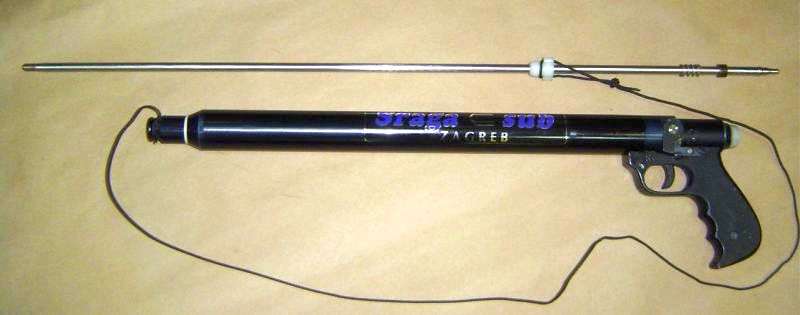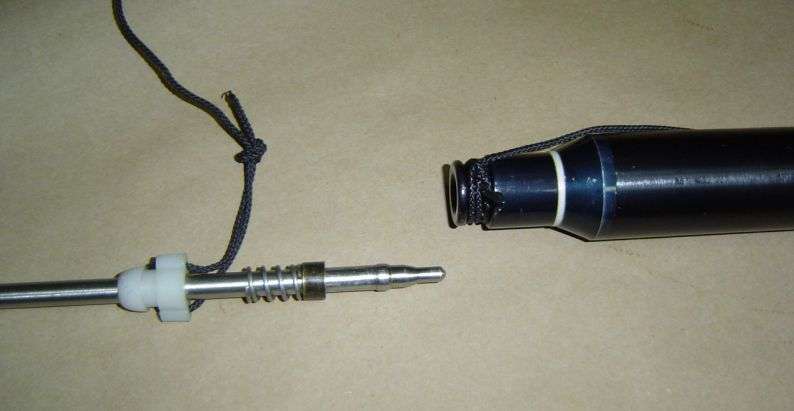I was curious about when was the first vacuum barrel gun invented. I had one vacuum barrel gun "Pilco mini" 40 cm long, about 40 years ago. I bought it in Zagreb in Croatia from a men who was producing and selling them. His name was Sraga Dragutin. I thougt he was the inventor but his son Rene told me, some day ago, that the inventor was engineer Josip Medud. After that I find this article:
Sommozzatore: Za?etnik podvodnog ribolova u Hrvatskoj, Josip Medur-Kit
"Već šezdesetih godina proizvode se u Centru za podvodna istraživanja u Rijeci četiri modela zračnih pušaka kojima ing. Medur potpisuje autorstvo. Te puške predstavljale su tada u svijetu tehnološko čudo."
First four types of pneumatic guns, the most advanced in the world in that time, were produced in Center for underwater research in Rijeka (City in former Yugoslavija - today Croatia) according to inventions of ing. Josip Medur. It was more than 50 yeas ago, in sixties.
It was the beginning of vacuum barrel pneumatic guns, maybe in the world! The fist mass production according to invention of ing. Medur was in Zagreb in 1963. (47 years before) in a workshop of Sraga Dragutin in Zagreb, Primorska 11. The workshop is still there. I will take a picture of some of the vacuum barrel guns from that time.
Sommozzatore: Za?etnik podvodnog ribolova u Hrvatskoj, Josip Medur-Kit
"Već šezdesetih godina proizvode se u Centru za podvodna istraživanja u Rijeci četiri modela zračnih pušaka kojima ing. Medur potpisuje autorstvo. Te puške predstavljale su tada u svijetu tehnološko čudo."
First four types of pneumatic guns, the most advanced in the world in that time, were produced in Center for underwater research in Rijeka (City in former Yugoslavija - today Croatia) according to inventions of ing. Josip Medur. It was more than 50 yeas ago, in sixties.
It was the beginning of vacuum barrel pneumatic guns, maybe in the world! The fist mass production according to invention of ing. Medur was in Zagreb in 1963. (47 years before) in a workshop of Sraga Dragutin in Zagreb, Primorska 11. The workshop is still there. I will take a picture of some of the vacuum barrel guns from that time.









